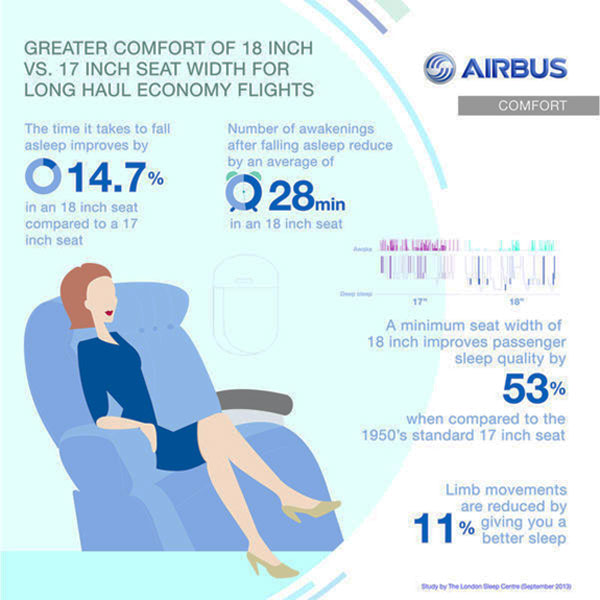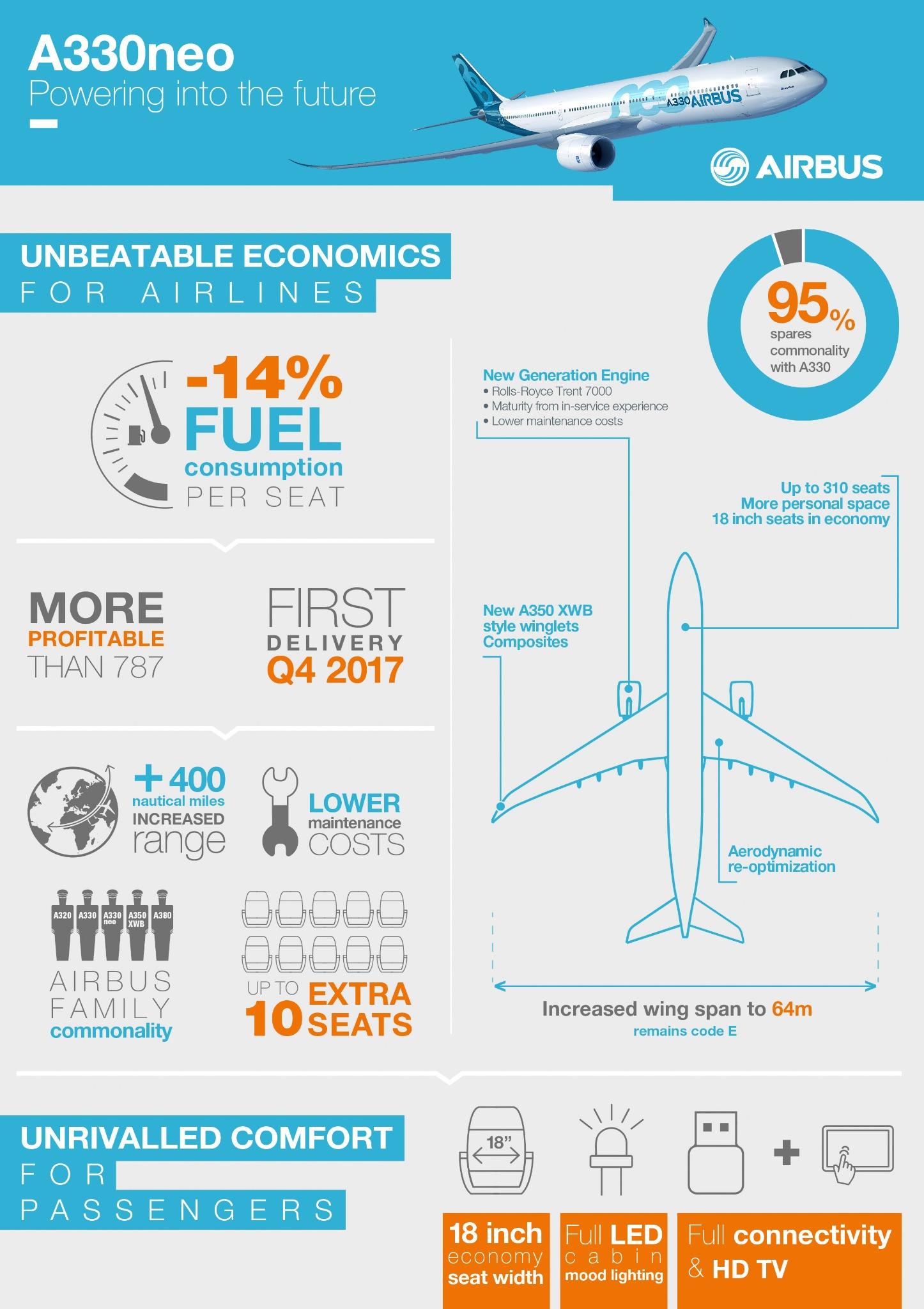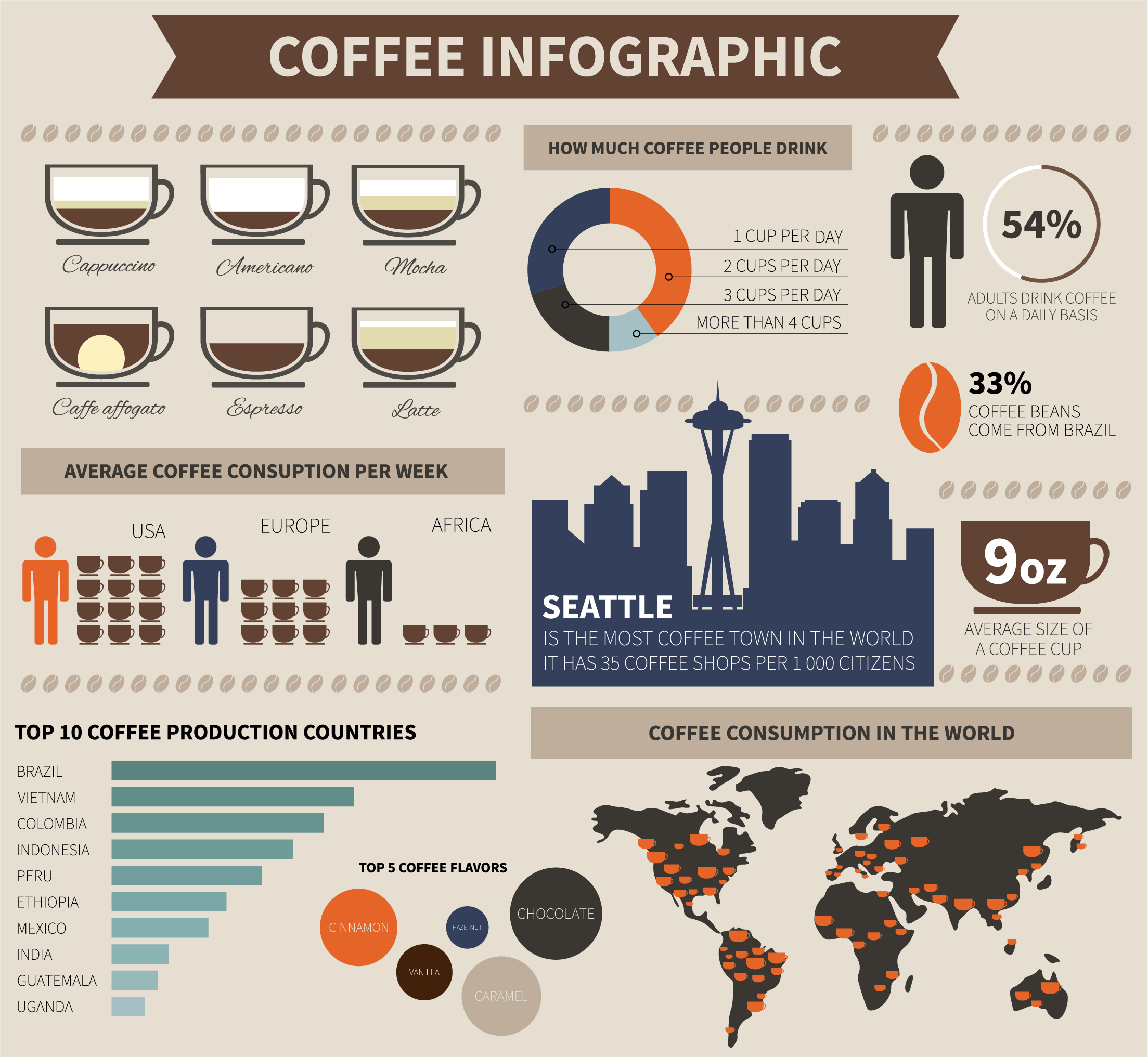 What are the dimensions of an infographic in inches?
What are the dimensions of an infographic in inches?
- Standard letter size: 8.5 inches wide x 11 inches tall
- Poster size: 18 inches wide x 24 inches tall or 24 inches wide x 36 inches tall
- Social media size: Varies depending on the platform, such as 800 pixels wide x 800 pixels tall for Instagram or 1200 pixels wide x 630 pixels tall for Facebook
- Slide size: Varies depending on the presentation software, such as 10 inches wide x 7.5 inches tall for PowerPoint or 1920 pixels wide x 1080 pixels tall for widescreen slides
It’s important to note that these dimensions are not fixed and can be adjusted to suit your specific needs and design preferences. It’s always a good practice to consider the platform or medium where the infographic will be displayed to ensure optimal visual impact and readability.
 What is a legal size infographic?
What is a legal size infographic?
A legal size infographic refers to an infographic that is designed to fit within the dimensions of a legal-sized paper, which measures 8.5 inches by 14 inches (21.6 cm by 35.6 cm) in North America. It is a common paper size used in legal documents, contracts, and other professional settings. A legal size infographic would typically be designed to fit within these dimensions so that it can be printed and distributed on legal-sized paper without any cropping or scaling. Legal size infographics can be used for various purposes, such as presentations, reports, handouts, and posters, and they are often used in legal, business, or educational contexts where concise and visually appealing information is needed.
What size should an infographic be printed in?
 The size of an infographic for printing would depend on various factors, such as the intended use, the amount of information being presented, and the available space for display. However, some common sizes for printed infographics are:
The size of an infographic for printing would depend on various factors, such as the intended use, the amount of information being presented, and the available space for display. However, some common sizes for printed infographics are:- Letter (8.5 x 11 inches): This is a standard letter-size paper used in many countries, including the United States. It’s a convenient size for printing infographics that are meant to be included in reports, handouts, or presentations.
- Tabloid (11 x 17 inches): This larger size is commonly used for infographics that need to be more visually detailed or contain more information. Tabloid size is suitable for posters, displays, or larger presentations.
- A4 (210 x 297 mm): This is the standard paper size used in many countries outside of North America. A4 size is similar to Letter size but slightly narrower and taller. It’s commonly used for printed materials in Europe, Asia, and other regions.
- A3 (297 x 420 mm): This is a larger size paper that is often used for more detailed or complex infographics that require a larger canvas to display information effectively. A3 size is suitable for posters, displays, or larger presentations.
It’s important to note that the size of the infographic should be chosen based on the specific requirements of the project and the intended use. It’s always recommended to check the printing specifications of the printer or print shop you plan to use to ensure that your infographic will be printed correctly and at the desired size.
What are the dimensions of an infographic in photoshop?
 The dimensions of an infographic in Photoshop can vary depending on the intended use and platform. However, here are some commonly used dimensions for infographics:
The dimensions of an infographic in Photoshop can vary depending on the intended use and platform. However, here are some commonly used dimensions for infographics:- Social Media Infographics:
- Instagram: 1080 pixels by 1080 pixels
- Twitter: 1200 pixels by 675 pixels
- Facebook: 1200 pixels by 630 pixels
- LinkedIn: 1200 pixels by 627 pixels
- Pinterest: 735 pixels by 1102 pixels
- Web/Online Infographics:
- Full Width: 1920 pixels by any height
- Sidebar Width: 800 pixels by any height
- Print Infographics:
- A4: 210 mm by 297 mm (2480 pixels by 3508 pixels at 300 dpi)
- Letter: 8.5 inches by 11 inches (2550 pixels by 3300 pixels at 300 dpi)
It’s important to note that these dimensions are just guidelines, and the actual dimensions of an infographic may vary depending on the content, layout, and purpose of the infographic. Additionally, the resolution (dpi) may vary depending on the intended use (web or print). It’s recommended to check the requirements of the specific platform or medium where the infographic will be used to ensure optimal display and print quality.
 What size is infographic A3?
What size is infographic A3?
Infographic dimensions A3 refers to a standard paper size commonly used for printing infographics. A3 paper size measures 297mm x 420mm or approximately 11.7 inches x 16.5 inches. It is part of the ISO 216 international paper size standard, which is widely used in most countries except for North America. A3 size is larger than A4 (210mm x 297mm) but smaller than A2 (420mm x 594mm).
What size should an infographic be for social media?
Ideal infographic sizes for social media depend on the specific platform you are targeting. Here are some general guidelines for popular social media platforms:
- Facebook: For sharing on Facebook, the recommended size for an infographic is 1200 pixels by 630 pixels. This size works well for both desktop and mobile views.
- Twitter: For sharing on Twitter, the recommended size for an infographic is 1024 pixels by 512 pixels. This size allows for optimal display on Twitter feeds.
- Instagram: For sharing on Instagram feed, the recommended size for an infographic is 1080 pixels by 1080 pixels. Square or vertical infographics are best suited for Instagram, as they take up more space on the feed.
- LinkedIn: For sharing on LinkedIn, the recommended size for an infographic is 1104 pixels by 736 pixels. This size is ideal for LinkedIn posts and provides a professional look.
- Pinterest: For sharing on Pinterest, the recommended size for an infographic is 735 pixels by 1102 pixels. Vertical infographics work well on Pinterest as they fit the platform’s layout.
Remember to consider the aspect ratio and file size of the infographic as well to ensure optimal performance on social media platforms. It’s also a good practice to test how your infographic looks on various devices and platforms to ensure it appears as intended to your target audience.
What is an infographic
An infographic is a visual representation of information, data, or knowledge that presents complex ideas or concepts in a concise and easily understandable format. It combines graphics, charts, icons, and text to communicate information effectively. Infographics are designed to grab attention, simplify complex data, and convey information quickly and clearly.
Infographics are commonly used in various fields, including journalism, marketing, education, and business, to present statistical data, research findings, instructions, processes, timelines, comparisons, or any other information that can benefit from visual representation. They are created using graphic design software or online tools, and they can be shared in print or digital formats.
The key characteristics of a well-designed infographic include:
- Visual appeal: Infographics use colors, fonts, icons, and illustrations to create an attractive and engaging visual layout.
- Organization: They present information in a logical and structured manner, using headings, subheadings, and sections to guide the viewer’s attention.
- Data visualization: Infographics often include charts, graphs, or diagrams to represent data and make it easier to comprehend and compare.
- Simplicity: They simplify complex concepts by breaking them down into digestible chunks of information, using concise text and visuals.
- Storytelling: Infographics can tell a story or convey a narrative by guiding the viewer through a sequence of information, leading to a clear conclusion or understanding.
- Shareability: Infographics are designed to be easily shared on websites, social media platforms, or presentations, enabling information to reach a wider audience.
Overall, infographics provide an effective way to communicate information visually, making it more accessible, memorable, and engaging for viewers.
Frequently Asked Questions (FAQs)
How long should an infographic be for social media?
In the realm of social media, shorter is often sweeter. Aim for a length of 800 to 1,000 pixels to ensure easy sharing and consumption across various platforms.
What’s the ideal length for infographics in presentations?
Presentations demand a delicate balance. Keep your infographic length between 1,000 to 1,200 pixels, providing enough detail without overwhelming your audience.
Does the length of an infographic affect SEO?
While length itself doesn’t directly impact SEO, a well-optimized infographic with relevant content can enhance your overall SEO strategy.
Can infographics be too short?
Yes, infographics can be too short, risking oversimplification. Aim for a length that conveys sufficient information without sacrificing clarity.
How do I optimize the file size without compromising length?
Optimize images, use efficient file formats, and consider compressing the infographic to strike the right balance between length and file size.
Are there industry-specific standards for infographic length?
Industry standards vary, but it’s generally recommended to adapt your infographic length based on content complexity and platform requirements.
Conclusion
Mastering the length of an infographic is a skill that elevates your visual communication game. Whether you’re crafting infographics for social media or presentations, understanding the nuances of length ensures that your message resonates effectively. Embrace the art of visual storytelling, and let the length of your infographics speak volumes.

